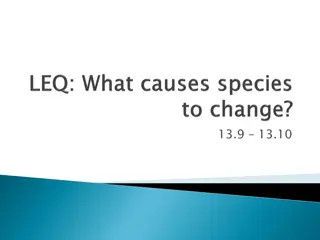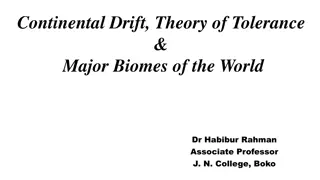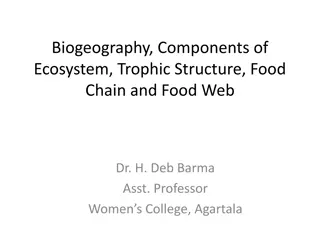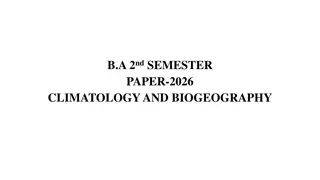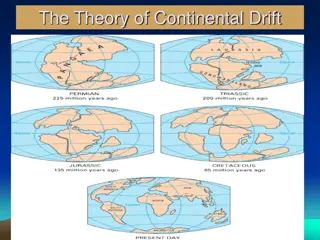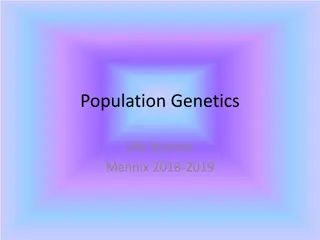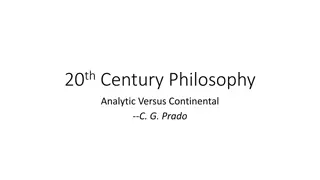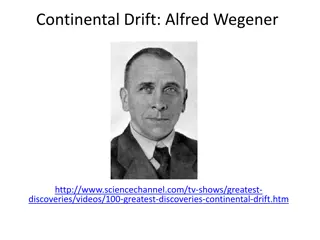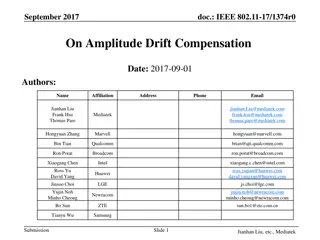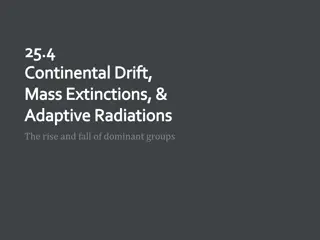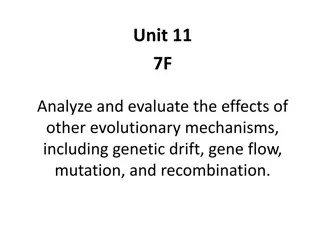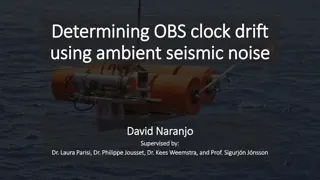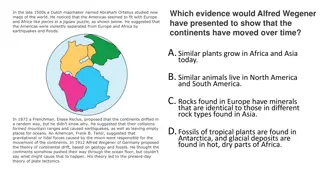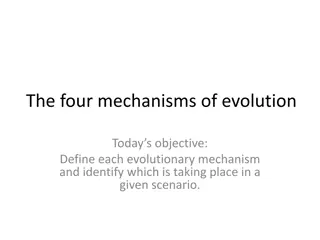Biogeography and Continental Drift
The study of where organisms live, biogeography explores the impact of continental drift on species distribution. Dispersal, facilitated by various factors like wind and water, plays a key role in shaping biodiversity. Human activities also influence species dispersal globally.
Download Presentation

Please find below an Image/Link to download the presentation.
The content on the website is provided AS IS for your information and personal use only. It may not be sold, licensed, or shared on other websites without obtaining consent from the author.If you encounter any issues during the download, it is possible that the publisher has removed the file from their server.
You are allowed to download the files provided on this website for personal or commercial use, subject to the condition that they are used lawfully. All files are the property of their respective owners.
The content on the website is provided AS IS for your information and personal use only. It may not be sold, licensed, or shared on other websites without obtaining consent from the author.
E N D
Presentation Transcript
Biogeography and Dispersal
Biogeography The study of where organisms live is called biogeography. Note: In addition to studying where species live, biogeographers also try to understand what led to the worldwide distribution of species that exist today.
Continental Drift One factor that has affected how species are distributed is the motion of Earth s continents. Continental Drift is The very slow movement of the continents on a layer of solid rock called plates.
True or False? All of today s continents were part of one large land mass about 225 million years ago. True!
What do you think? The movement of the continents has had little impact on the distribution of species. No! Consider Australia for example, Australia drifted away from the other landmasses. Organisms from other parts of the world could not reach the isolated island. Kangaroos, koalas, and other unique species flourished in this isolation.
Dispersal The movement of organisms from one place to another is called dispersal. Dispersal can be caused by Living Things Wind Water
Wind and Water Wind can disperse seeds, the spores of fungi, tiny spiders, and other small, lightweight organisms. Water can disperse things that float such as coconuts and leaves.
Other living things Some organisms may be dispersed by other living things. For example: A bird may eat seeds and deposit them in its waste in another location. A duck may carry algae or fish eggs on its feet from pond to pond. A dog may carry sticky plant seeds on its fur.
True or False? Humans are not important to the dispersal of other species. False! As people move around the world, they take organisms with them. Sometimes it is intentional and other times unintentional.
Exotic Species Species that have been carried into a new location by people are called exotic species. Example: Kudzu is not a native species to Georgia, but was brought here from China to help control erosion; however, it covers other living things blocking them from the sunlight and water, eventually killing the organism.
Limits to Dispersal Three factors that limit dispersal of a species are physical barriers, competition, and climate.
Physical Barriers Physical barriers limit the movement of organisms. Examples of these barriers are water, mountains, and deserts.
Competition When an organism enters a new area, it must compete for resources with the species already there. So, how can competition act as a barrier to dispersal? If species already in the area are thriving, they may outcompete a new species and act as a barrier to its dispersal.
Climate The typical weather pattern in an area over a long period of time is the area s climate. Climate can limit dispersal. For example: Conditions at the top of the mountain are different than those at the bottom. Shrubs and cactus can not grow at the top in the freezing cold weather.
Climate Places with similar climates tend to have species that occupy similar niches. For example: Most continents have a large area of flat, grassy plains. So these continents have organisms that occupy the niche of large, grazing animals .
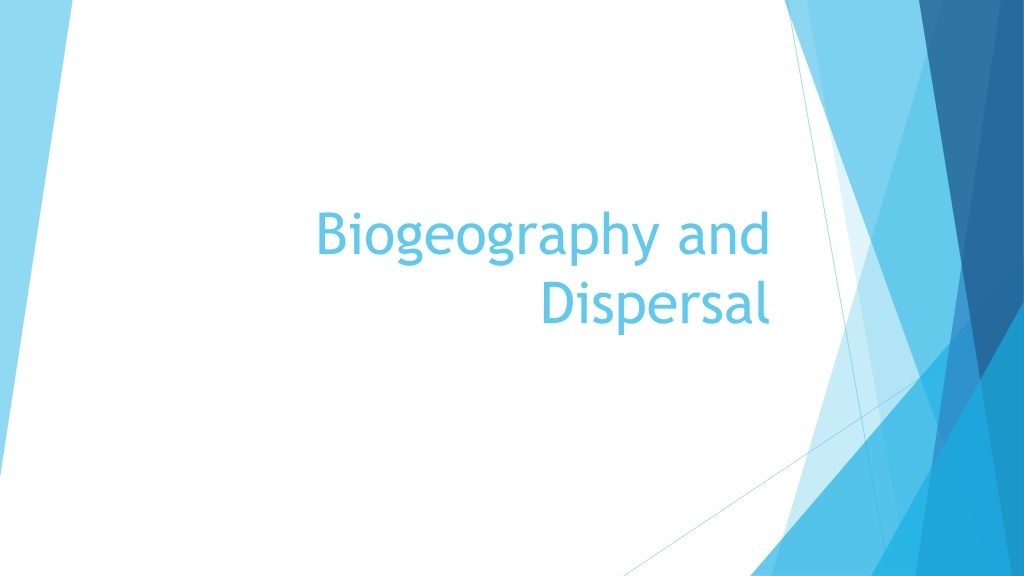
 undefined
undefined



